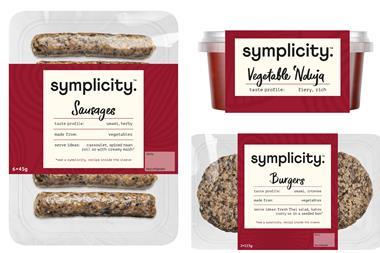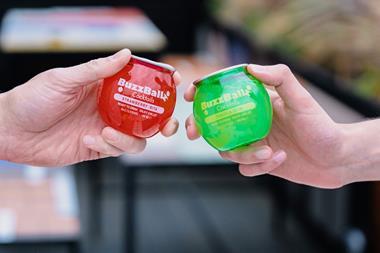
Ever since the birth of ‘above the line’ and ‘below the line’ from P&G in the 1950s, brands have pondered where they should direct their spend. They’ve developed teams for this invisible line, which has arguably enabled some of the most well-loved brands to blossom. Nevertheless, it’s not 1950 anymore. We’re probably due an upgrade.
Most brands have now adapted their structures to focus more on brand and trading: one to protect and promote the brand, the other to drive and trade it. However, with social media now becoming a brand’s best friend, where does this fall? Do you create a whole new team? Is it somewhere for you to build your brand, or somewhere for you to trade your product?
From a commerce perspective, we believe this is where the conversation needs to change. We need to move away from the media type itself and start to develop a more strategic approach based on the marketing objective first, with an agnostic view on media selection.
Let’s take digital media as our starting point. According to EMarketer, UK digital ad spend is forecast to grow by 16.8% to £19.2bn by the end of the year. Retail will pull even further ahead of all other categories in 2021, spending £4bn, with the consumer-packaged goods industry in second, reaching £2.8bn. Of this, social ad spend is projected to reach £5.2bn in 2021. With 77.9% of the UK population on social media, it’s easy to understand why these figures are growing at such a rate.
But as all our social media experts would agree, it’s a hugely complex channel. One of our clients recently said that social is ‘how people are aided in their daily life’. It’s not just for a single purpose, it’s for all purposes. Therefore, pigeonholing the channel into something only accessible by either your brand or trade teams can only mean one thing: your brand is ultimately losing out.
Itsu is a great example that crossed our desk recently. A single influencer happened to create the now infamous #salmonricebowl – nothing technically revolutionary, but with 600 million hits on the hashtag alone, it became a sensation. Itsu jumped into action off the back of the trend, resulting in an increase in seaweed sales of 108% over the last three weeks. Arguably, all the content that was generated supported the brand’s image, but most importantly it drove some wildly impressive sales figures.
This is only one example but is something we’re seeing across the board. For us, as part of the commerce landscape, it’s about ripping up the rulebook and starting from the marketing objective, developing the message and selecting the relevant media for the task at hand. For brands trying to target consumers at the ‘point of consideration’ we should not be limiting our media potential due to internal structures. We need to broaden our marketing teams’s remit, bring channels such as social media back onto the table for trading teams, and be more cognisant of the fact that one media type doesn’t have to do one job at a time.
It may sound simple, but many brands are still focused on a 1950s way of working, which inevitably is only hindering their growth potential. Brands could make their media work harder by being brave about strategy and planning decisions. If we’re seeing brand ROI of £3.81 from using digital display to drive to physical store – a channel normally reserved for performance marketing – think what your brand could achieve by ripping up the media rulebook.



















No comments yet